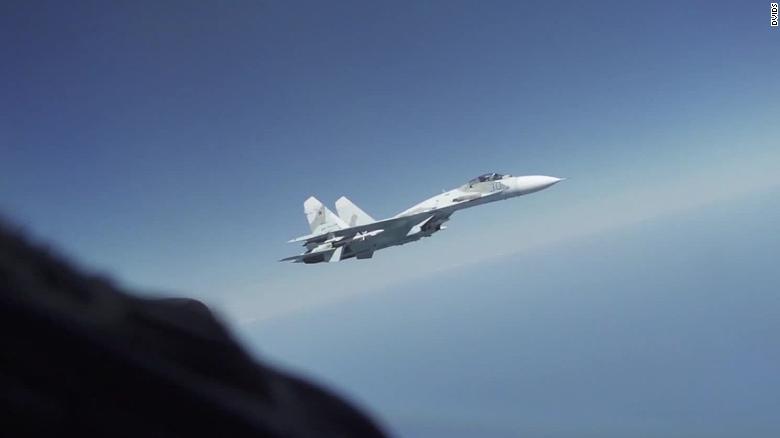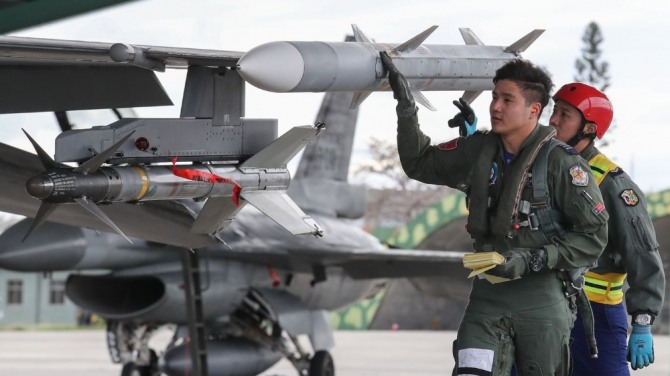- Oct 3, 2018
- 3,602
 Training Exercise Expanded Exercise Drills
Training Exercise Expanded Exercise DrillsTimeline of Training Exercisei, 2 August 1998 - 10 August 1998
Security Classification: CONFIDENTIAL [Document is encrypted and protected]
PREFACE FOR THE
Expanded Exercise Drills
EXERCISE
OF
THE REPUBLIC OF KOREA
ARMED FORCES
INTRODUCTIONExpanded Exercise Drills
EXERCISE
OF
THE REPUBLIC OF KOREA
ARMED FORCES
1. Purpose. This training operation, is to simulate and assess the ROK Air Forces capabilities to provide in-air refueling capabilities to allied and ROK fighter jets, its ability to conduct long-range missions, and to prepare for necessary cross-continental support missions. The exercise will test the Air Force in its capacity to dispatch necessarily resources and deploy aircrafts in a timely manner. The scenarios will include presidential aircrafts, heavy transport, and fighter jets. The exercise will test the pilots ability for refueling another aircraft and improve pilots coordination with one another.
2. Background. The Turkish Government has requested for the upcoming ROK-Turkey summit the ROK Air Force provided refueling for their governmental transport aircraft and strategic airlift of necessary equipment and resources. The ROK Air Force in maintaining high professional standards and training will conduct necessary air exercises to ensure the success of the mission.
3. The Ministry of National Defense will use the exercise to assess the standing of the ROK armed forces and its ability to provide logistical support to allied nations and itself.
02 August 1998
LEARNING OBJECTIVES
A-1 Tactical and Strategic plans and policies
- The exercise will be a principal means for maintaining trained and ready forces, exercise their contingency plans, and support their campaign plan engagement activities. It will train to both mission capability requirements described in government documents, as well as support theater and/or global/world-wide security cooperation requirements as directed in the Joint Chiefs of Staff under the civil command authority of the Blue House and National Defense Ministry.
- The Training Environment (TE) shall replicated the Operational Environments (OE) necessary and sufficient to conduct training and joint force development. The TE is defined by the conditions, circumstances, and influences that affect the achievement of readiness levels and employment of capabilities that are based on decisions made by the commander.
- Air Command must synchronize the integrated capabilities of air assistance, escort, and refueling capabilities. To ensure a efficient operating environment and supporting the command-control operational capabilities (CCOC) should minimize risks poised by hostile forces.
- Air Commands capabilities to support joint multi-national capabilities and operations. The ROK AF Command capabilities for inter-alliance support will be enhanced with this training.
- Conduct coordinated multilingual support operations for friendly nations over airspace for military and government aircrafts. Responding to logistical needs of friendly nations pertaining to support operational needs,
- To simulate and challenge mental capacity of airmen under very technical operational skills and processes through connecting fuel tubes with external fuselages, coordinating speed changes and linguistic operations.
- Plan long distance operations to support aircrafts on a variety of missions and extend their airtime or mission range.
- Strengthening aerial capabilities and improvement of skills and capabilities of pilots
- Refueling Capabilities
- Being able to adjust speed and altitude for refueling
- Being able to provide escort for refueling aircrafts and protect friendly aircrafts refueling
- Being able to refuel friendly aircrafts and communicate with foreign pilots
- Long Distance Operation
- Conducting aerial attack or support operations over long distance away from base of operations
- Conducting aerial attack or support operations through refueling extension
- Intercepting and escorting aircrafts over long distance
- Escort and Support Operations
- Being able to locate and provide escort to aircrafts over hostile airspace
- To be able respond without causing an escalation of geopolitical tensions and maintain support operation for aircraft
- To be able to respond to acts of violence through appropriate use of force to repulse, neutralize, and disarm aggressors
A-4 (Post-training Mission)
- Study of ROK capacities to conduct long-range operations and provide assistance to aircrafts
- Analyzing the current Air Force capabilities to provide assistance and resupply capabilities
- Adjusting strategic vision of necessary branches accordingly
- Analyzing the current Air Force capabilities to provide assistance and resupply capabilities
TRAINING EXERCISE C.
I. Force Composition of Training Exercise
ROK Armed Forces
|
Operating Area | Location | Status |
Busan Air Base | Busan, Republic of Korea | Active |
Jeju Air Base | Jeju-do, Republic of Korea | Active |
South China Sea | Within international waters/airspace (Grid OK) | NAVTEX & Airspace Clearance issued & active |
Objective I | Depart from ROK Airbase | Initial Preparations | Completed |
Objective II a) | ROK Aircrafts from the 51st Air Mobility Squadron and Presidential Air Transport Squadron will fly across the East China and South China Sea and simulate their capabilities to conduct long-range operations. They will conduct regular flight training with refueling practice and communication skills. ROK Aircrafts from 16th and 20th Fighter Squadrons will fly across the East China and South China Sea to provide assistance to VIP Aircraft Il-76M. ROK Aircrafts will intercept and escort Il-76M from its location to return back to Korea. Aircrafts will fly from PM < PL < OL < OK with aerial refueling to take place at OL & OK from 51st Air Mobility Squadron. | Air Force | Completed |
Objective II b) | Aggressor Squadrons from the 38th Fighter Squadron will harass and intimidate VIP aircraft and ROK aircrafts within an appropriate manner and not behavior that endangers the crew and pilots. Aircrafts will continue their operations roleplaying as a hostile entity. | Air Force | Completed |
Objective III | Aircrafts from 16th and 20th squadrons will complete their escort mission and escort the aircrafts back to ROK Air Space. The escort and VIP aircrafts will maintain their flight plans and return to ROK Air Space and simulate their ability for long-term in-air support and escort capabilities. | Air Force | Completed |
Objective IV | Aircrafts from 16th, 20th, and 38th squadrons will return to their base of operations and resupply. Taking off again and conducting a long-range strike mission. Flying across PM < PN < PM < OM < PM and completing their mission with planned airstrike exercise against a mixture of ground targets, surface vessels, and anti-aircraft dummy systems. | Air Force | Completed |
Objective V | Aircrafts will return to base of operations to conduct regular maintenance and debriefing | Air Force | Completed |
Last edited:













